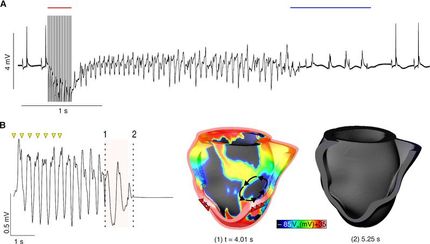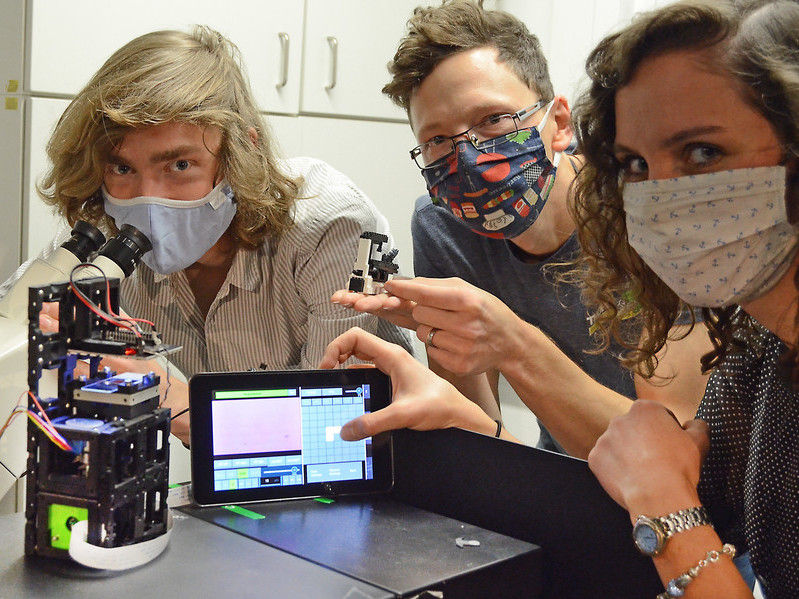Heart cells replaced throughout life
Advertisement
Researchers at the Swedish medical university Karolinska Institutet have now shown, by measuring the radioactive isotope carbon-14 stored in cells, that heart cells are replaced throughout a person’s life. The results, which are presented in the journal Science, make the replacement of cells lost during myocardial infarction a real possibility.
There is an urban myth of sorts that says that all cells in our body are replaced every seventh year. Science has shown, however, that some types of cell are renewed each week, others never; for many cell types, the rate of replacement is still a mystery. For instance, it has long been mooted whether heart cells remain the same throughout life or whether they are replaced, a debate that is of immense significance to how cardiac diseases can be treated.
Researchers at Karolinska Institutet have now shown that human heart cells undergo continual, slow replacement. In a 20-year old, one per cent of heart cells are renewed every year; this rate then gradually declines over the years, reaching 0.5 per cent in a 75-year old. The slow rate of turnover means that the majority of heart cells remain unreplaced during a normal human lifespan, leaving the heart a patchwork of cells that have been there from birth and cells that have been formed later in life.
“The loss of heart cells after, say, a heart attack often leads to impaired cardiac function,” says study leader Professor Jonas Frisén. “This new finding that heart cells can be replaced motivates further research into ways of stimulating the renewal mechanism to replace the cells that have been lost.”
The results were obtained using a unique method of cellular age determination developed by the research group itself. The method exploits the fact that the nuclear tests of the Cold War produced a sharp increase in atmospheric concentrations of radioactive carbon-14. Carbon-14 is stored in the body’s cells, and since levels have varied over the past decades, they serve as an indicator of when the cells were formed.
Original publication: Olaf Bergmann, Ratan D. Bhardwaj, Samuel Bernard, Sofia Zdunek, Fanie Barnabé-Heider, Stuart Walsh, Joel Zupicich, Kanar Alkass, Bruce A. Buchholz, Henrik Druid, Stefan Jovinge and Jonas Frisén; “Evidence for Cardiomyocyte Renewal in Humans”; Science 2009, vol. 324.

























































